Edition 1 – October 2017
By June Isaacson Kailes
Recommended Citation: Kailes, J.I. (2017) Inclusive Event Procedures for Emergencies, Edition I, http://www.jik.com ,
Permission is granted to copy and distribute this article provided that:
-
Proper copyright notice and citation are attached to each copy;
-
No alterations are made to the contents;
-
Document is not sold for profit; and
-
June Isaacson Kailes is notified of such use. Please contact jik@pacbell.net
This document was made possible with support from:
Grant to North Carolina Emergency Management from The North Carolina Council on Developmental Disabilities Grant to North Carolina Emergency Management
The Mid-Atlantic ADA Center and TransCen Inc. with support from National Institute on Disability, Independent Living, and Rehabilitation Research (NIDILRR award number H133A110017). NIDILRR is a Center within the Administration for Community Living (ACL), Department of Health and Human Services (HHS). The contents of this guide do not necessarily represent the policy of NIDILRR, ACL, HHS, and you should not assume endorsement by the Federal Government.
Contents
Applying Emergency Planning Strategies
- Safety Considerations for Site Selection
- Projecting Numbers of Attendees with Disabilities
Inclusive Safety information for Event Attendees
- Inclusive Safety Briefing
- Checklist for Inclusive Emergency Safety Briefings for Attendees
Emergency Planning with Event Facilities Staff
- Meeting with General Manager and Security Manager
- Meeting Purpose
- Outcome Summary
Resources
Acknowledgements
*****************************************
For purposes of this information the term “event” refers to meetings and conferences.
The author urges readers to use this emergency event guidance in conjunction with information found in “Accessible Meetings, Events, and Conferences Guide.” http://www.adahospitality.org/accessible-meetings-events-conferences-guide/book
Safety Considerations for Site Selection
Choose facilities that are protected by audible and visible fire alarms and a fire sprinkler system. The U.S. Fire Administration has a list of approved hotels and motels. It is available at http://apps.usfa.fema.gov/hotel. (The United States’ General Services Administration in setting federal lodging per diem rates is required to use only properties that are certified as being fire safe.)
When possible, request meeting rooms on the ground floor with direct accessible paths to the outside. Evacuation will be easier and safer, if needed, as this allows many people with disabilities to travel unassisted on evacuation paths to a safe area outside.
Projecting Numbers of Attendees with Disabilities
Every event includes people with disabilities. Some disabilities are visible, others are hidden. Typically, projected numbers of attendees with disabilities are under estimated as many individuals will not disclose their disability or functional need. In addition, some people will not consider or may not know they need assistance in an emergency. There are people with mobility, breathing, allergies, hearing, seeing, understanding or chronic conditions who will may have difficulty or be unable to: use stairwells, hear alarms, see or read exits, and / or understand or focus on instructions.
To roughly estimate the numbers of attendees who may need emergency assistance include the number of people who:
-
attended similar previous events
-
requested accessible guest rooms,
-
requested sign language interpreters, assistive listening devices, or Communication Access Real-Time Translation (CART)
-
requested accommodations and/or materials in alternative formats (braille, large print, digital, or audio)
-
checked yes on the registration form to “please check here if you will be using a mobility device (such as cane, walker, crutches, wheelchair, scooter, etc.) or use a service animal. This information is helpful for space planning (See Meeting Room Layouts and Considerations of http://www.adahospitality.org/accessible-meetings-events-conferences-guide/book).
The focus of the event can also influence that number of people disabilities attending. A national conference that has a disability focus can have well over a thousand attendees with disabilities. Emergency planning for these events means planning for a high percentage of people with disabilities at all event activities.
Inclusive Safety information
Consider two methods of informing attendees of safety information and procedures. The first is to include safety content in daily briefings and the second is to include personal safety tips in in your event package information. This may be in the form of an event: app, program, web site, etc. See “Emergency Travel Safety Tips for Overnight Stays.”
Inclusive Safety Briefing
This is an example of inclusive emergency safety briefing for attendees.
-
In case of a fire emergency the fire alarm makes a loud high frequency three beeps and a pause sound. (or slow whoop or other sound) and the strobe lights will flash the visible alert
-
The alarm system in this facility automatically calls the fire department (or does not – systems vary)
-
The alarm system alert sound is followed by voice messages
-
-
If the emergency fire alarm sounds, take the stairs, marked EXIT located in back corners of this room, where you entered. For example:
-
Go down two flights and exit on the ground level, or
-
You are on the ground level. All exits are accessible except the exit to the left of this stage, in back of me. That exit has four steps.
-
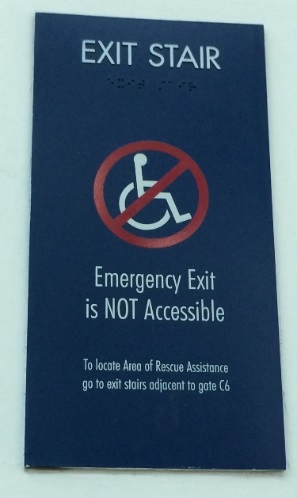
-
The exits located in the back two corners of this room, where you entered are accessible and have no steps.
-
Once outside, go to the only parking lot and wait by the 10 wheelchair accessible parking spaces for more information.
-
Offer assistance to people who may have difficulty hearing, seeing or understanding the alarm or instructions, and to people who may need assistance using the stairwells.
-
if you need assistance due to mobility, seeing, hearing or any other conditions. seek help from others I’ll pause here for a moment to allow those of you who anticipate needing help, if you choose to, to privately or publicly identify yourself to others.
-
If you are not able to use stairs go to the area of evacuation assistance or area of refuge (See Note 1 below) located at (insert - for example: located on your right, go out the back doors of this room and turn left. This area of evacuation assistance is directly in front of the elevators. Staff will provide you with further direction and assistance.]]
-
The nearest fire alarm, fire extinguisher, and automatic external defibrillator (AED) is located at the back of this room to left of the door. Be aware that when you remove the AED from the holder/cabinet, an alarm will sound.
In addition to the above information, include more information if the number of attendees with disabilities adds greater complexity to emergency evacuations. For example:
We are 2 levels below the ground level. Exit the back doors of this ballroom and wait for staff to direct you to “back of the house” accessible paths of travel that have been determined safe to use. (note to reader this may include “back of the house” staff-only large elevators.)
In Case of Earthquake
In case of an earthquake, duck under a table (or another stable object) if available and hold on. If not clasp your hands and use them to cover and protect the back of your neck. If you cannot duck cover your head and neck with your arms or a book until the shaking stops.
Note 2: Area of refuge / area of rescue assistance (required in non-sprinkler buildings) are fire-resistant spaces where people unable to use stairs can call for help by way of two-way communication devices to tell responders of their location, while waiting for evacuation assistance.
These space serves as a temporary haven from the effects of a fire or other emergency. People with disabilities must have the ability to travel from this area to an outside safe area, although such travel might depend on the assistance of others. If elevation differences are involved, an elevator or other evacuation device might be used, or the person might be moved by other people using a cradle carry, a swing (seat) carry, or an in-chair carry or by a stair descent device or other evacuation device. (See 7.2.12 of NFPA 101®, Life Safety Code®, for more information.)
Checklist for Inclusive Emergency Safety Briefings for Attendees
| Checklist for Inclusive Safety Briefings for Attendees |
√ |
| Event sponsor staff takes an emergency tour of the facilities before the event to learn the locations of all emergency related equipment and exits. | |
| This tour should be done with facility staff, preferably the Security Manager | |
| Learn the locations of: | |
|
|
|
|
|
|
|
|
|
|
|
|
|
|
| Learn about the fire alarm sounds, signals and messages (See above Inclusive Safety Briefing) | |
| Share all emergency information with all event staff and volunteers. | |
| Incorporate information into attendee safety briefings. | |
| Include information that is usable by people with low or no vision, who are color blind, are deaf or hard of hearing, and people who need help with mobility and /or cannot use steps. | |
| Be specific and use multiple methods to describe directions. Avoid directions that are not inclusive, such as: | |
|
|
|
|
|
|
|
Incorporating slides and / or pictures in the briefing can increase attention and understanding for those who can see them. Narrate the content of each slide for those unable to see them. |
|
|
|
|
|
People directed to an evacuation assistance area or area of refuge / area of rescue assistance (See Note 2) need to know they will get evacuation assistance if they wait in these areas. Include in the plan HOW they will be helped to evacuate. This plan should not be solely dependent on waiting for fire fighters who may not be able to get to this area in a large-scale emergency. With a national average of 1 first responder for every 113 people and one ambulance per 51,000peoplein cities with populations ranging from 400,000 to 900,000 (Ann Emerg Med. 1990 May;19(5):536-46.Characteristics of midsized urban EMS systems. Braun O1, McCallion R, Fazackerley J.) relying on the arrival of first responders cannot be the only part of a plan. During the September 11, 2001 evacuation of the World Trade Center towers, people with disabilities directed to wait in these areas for evacuation help from fire fighters died. |
|
| If provided, remind attendees to review “Staying Overnight: Emergency Safety Tips” located in | |
| Start every day and each session [if in a different location or with a changing audience] with safety instructions incorporated into general and information announcements. |
Meeting with General Manager and Security Manager
Request a Meeting with General Manager and Security Manager. This is especially critical when large number of attendees will be people with disabilities. Ask for an in-person or phone conference meeting with the General Manager and the Security Manager or other appropriate staff to review emergency plans and procedures. These individuals are most likely to understand the physical layout of the facility, the risks involved and to think holistically and globally about their facilities.
Meeting Purpose
State that the purpose of the meeting is to:
Partnering to provide effective emergency assistance to all attendees.
Review emergency plans and procedures for the event area and sleeping facilities evacuations.
Understand how the expected numbers of attendees with disabilities may add greater complexity to emergency response than what is usually anticipated.
-
Share the projected numbers of attendees with disabilities. Emphasize that these projections are typically low given that many people don’t request any accommodation.
Discuss if “standard emergency plans and procedures” address accessible emergency evacuations and determine if these plans need to be supplemented and /or modified, for the expected numbers of attendees with disabilities.
Items to Review
Describe the projected numbers and makeup of attendees (See above: Projecting numbers of attendees with disabilities). Explain that these people have a variety of disabilities (such as mobility, breathing, allergies, hearing, seeing, understanding or chronic conditions) and may have difficulty or be unable to: use stairwells, hear alarms, see or read exit signs, and/ or understand or focus on instructions.
If the event includes large numbers of people with disabilities emphasize this point. Some events have over 50% participants or upwards of 50 to 2000-3000 people with disabilities.
Review emergency procedures and specifically examine how an increased number of people with disabilities may affect the effectiveness of the standard emergency plan procedures. For example:
-
Many mobility device users including wheelchair users and others unable to use steps:
-
Will need assistance
-
May need to use evacuate devices
-
-
Are evacuation devices available for use in multi-story buildings? if yes, review:
-
Their locations.
-
Have they ever been used?
-
Are all staff trained on their use?
-
What is the procedure for repeated use of these device for all who will need them during an evacuation?
-
What is the procedure for, after an evacuation, quickly retrieving, as soon as possible, individuals’ mobility devices, service animals and other essential equipment to restore their mobility which may have been left behind?
-
Once evacuated, what is the plan for the use of temporary mobility devices, if personal device cannot be quickly retrieved? Note that whenever possible people should NOT be separated from assistance devices (cane, wheelchair, etc.)
-
-
Ensure that registration staff are properly trained on the following before the event:
-
How and where to record evacuation assistance requests.
-
The importance of assigning lower floor rooms for easier evacuation when requested.
-
Explaining evacuation procedures.
-
Providing flashing fire alarm in guest rooms for people who are Deaf or hard of hearing.
-
Should there be any modifications of the typical plan, if for example:
-
Review options for horizontal evacuation such as moving out to a parking structure or using elevators at other locations.
-
Ask at the lodging registration, if attendees are staying overnight:
-
Would you like us to list you as needing assistance in an emergency, (i.e., fire, evacuation, etc.), due to walking, mobility, seeing or hearing or other issues?
-
Devise a system to maintain paper copies of this list, as well as electronic copies, updated no less than three to four times during a 24-hour period.
-
-
Alert fire, police, and emergency medical services if a larger than usual numbers of people with disabilities will be in the facilities. This advanced situational awareness informs first responders to adjust the numbers and types of resources they would send if they have to respond to an emergency at the site. For example: increased number of responders, stair chairs or other types of evacuation devices, and / or other modified procedures
-
Inform first responders that retrieval of attendees’ mobility devices, service animals and other essential equipment is a priority and must be completed quickly.
Review the contents of the attendee safety briefings to assure accuracy (See above Inclusive Safety Briefing).
Outcome Summary
Ask the facility to provide a written report reflecting agreements made during this meeting with details of modified procedures for the event or the event sponsoring organization should follow up in writing summarizing what was agreed to in this meeting and who is doing what. Keep it short using bullet points.
Resources:
Emergency Evacuation Planning Guide for People with Disabilities, 2016, National Fire Protection Agency
Emergency Response for People Who Have Access and Functional Needs: A Guide for First Responders
High Rise Evacuation for People with Disabilities 4/10/13, Webinar Pacific ADA Center
Tips for Emergency Use of Mobile Devices Edition 2, (2015)
Acknowledgements
The author gratefully acknowledges the valuable and generous time contributions of these subject matter experts and reviewers as well as many others who chose not to be not listed:
-
Sally Conway, Deputy Chief, US Department of Justice, Disability Rights Section
-
Susan M Dooha, Executive Director, Center for Independence of the Disabled, NY
-
Kaylan Dunlap, Access Specialist – Evan Terry Associates and Senior Technical Director – CORADA.com
-
Robyn R.M. Gershon, Professor, University of California, San Francisco
-
James G. Featherstone, President & CEO, Homeland Security Advisory Council
-
Allan B. Fraser, Senior Building Code Specialist, National Fire Protection Assoc., Inc. (NFPA)
-
Kathy Gips, New England ADA Center
-
Darlene Hemerka, J.D.
-
Richard Hooks, Director of Program Management, BCFS Emergency Management Division
-
John Ignatczyk, Captain II, Disaster Preparedness Office, Los Angeles Fire Department
-
Amanda Joiner, General Manager, The Ritz-Carlton, St. Louis
-
Sarah Galbraith Laucks, President, Meeting Well Accessible Meetings Experts
-
Greta Herring, Intellectual & Developmental Disability Grant Coordinator, North Carolina Department of Public Safety, Division of Emergency Management
-
Chris Littlewood, Instructional Technology Coordinator, Center for Public Safety Innovation
-
Janice Majewski, Director, Inclusive Cultural and Educational Projects, Institute for Human Centered Design
-
Shari Myers, National Disability Integration Coordinator
-
Disaster Cycle Services | American Red Cross Marian Vessels, Director, Mid-Atlantic ADA Center
-
Sean Panilawon, Loss prevention, The Ritz-Carlton, St. Louis
-
Trena L. Rich, Manager University Compliance Office & Director of Clinical Quality and Compliance for the Patient Care Centers of Western University of Health Sciences
-
Marcie Roth, Director, Office of Disability Integration and Coordination
Department of Homeland Security/FEMA -
L. Vance Taylor, Chief, Office of Access and Functional Needs, California Governor’s Office of Emergency Services
-
Margi Trapani, Director of Education, Center for Independence of the Disabled, NY

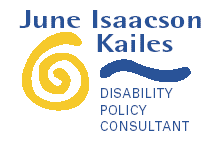
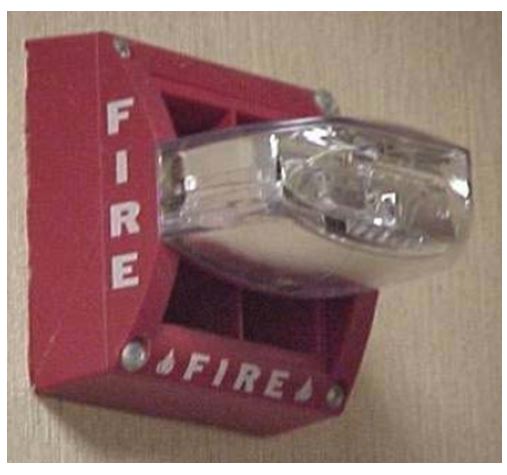
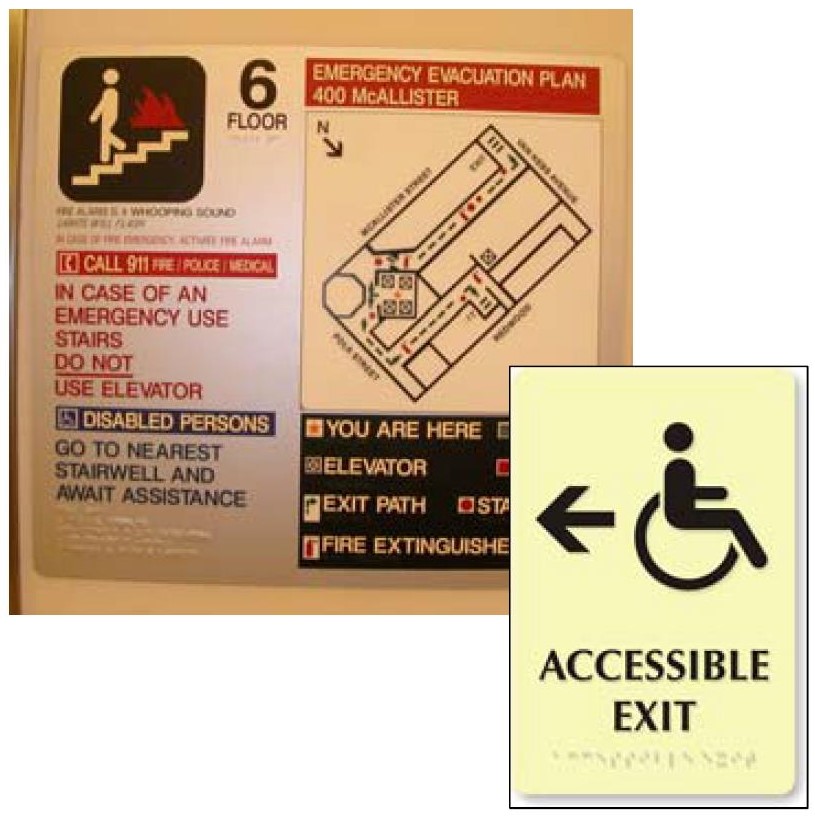
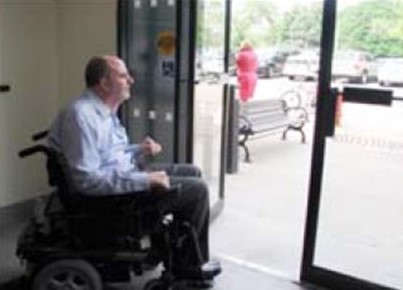
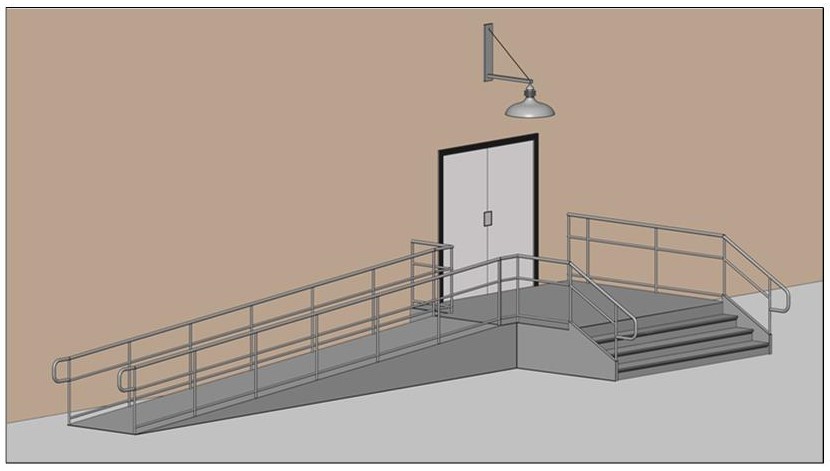

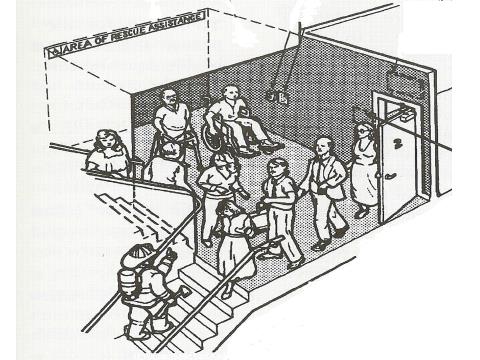
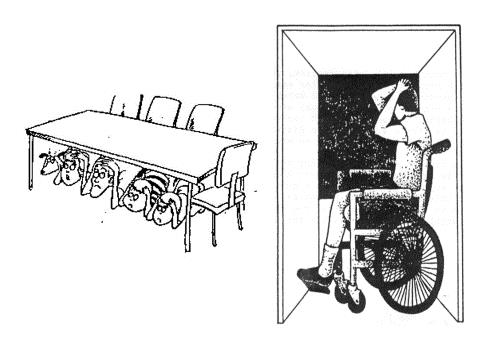
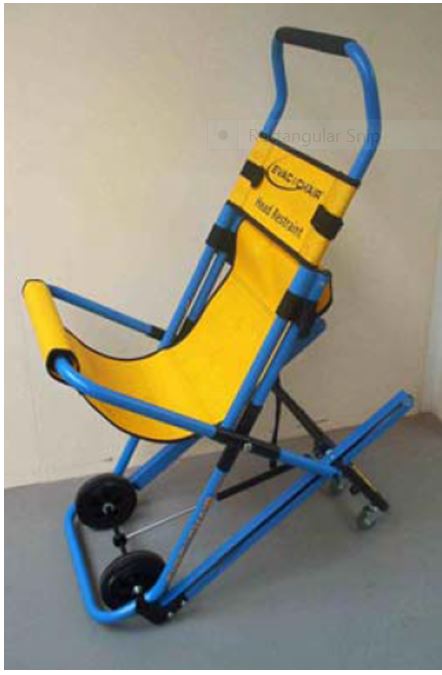
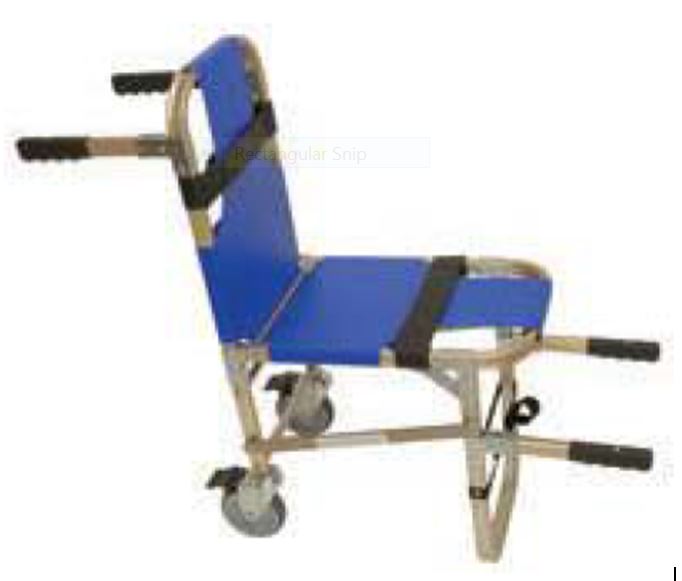
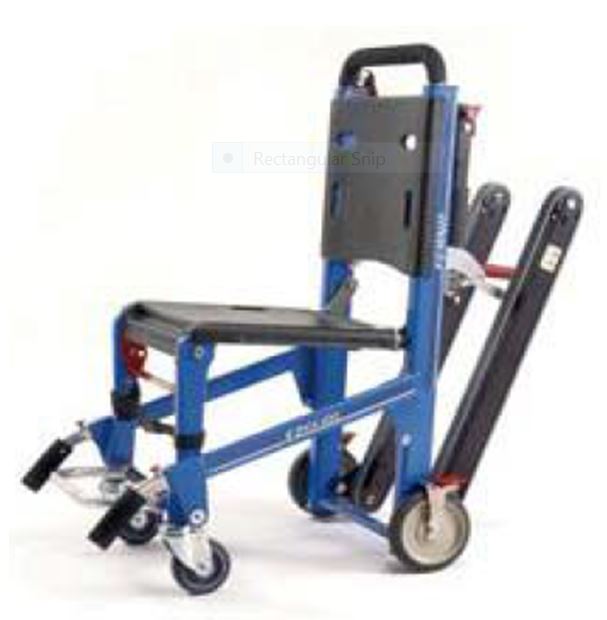
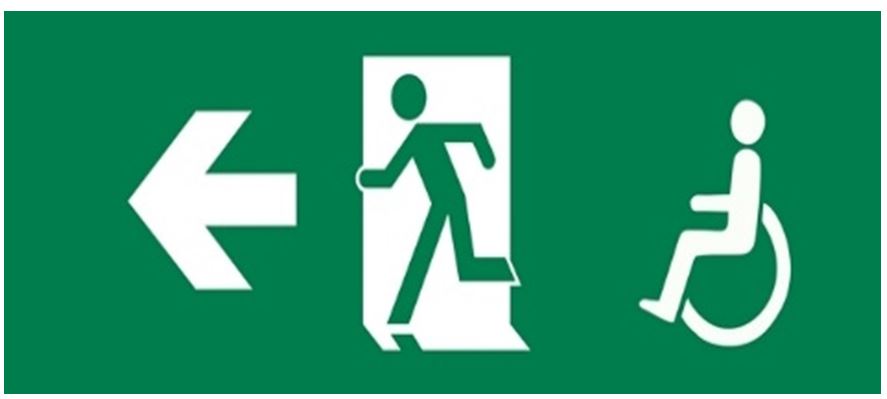
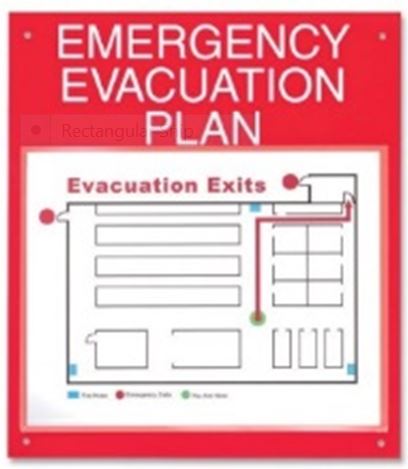
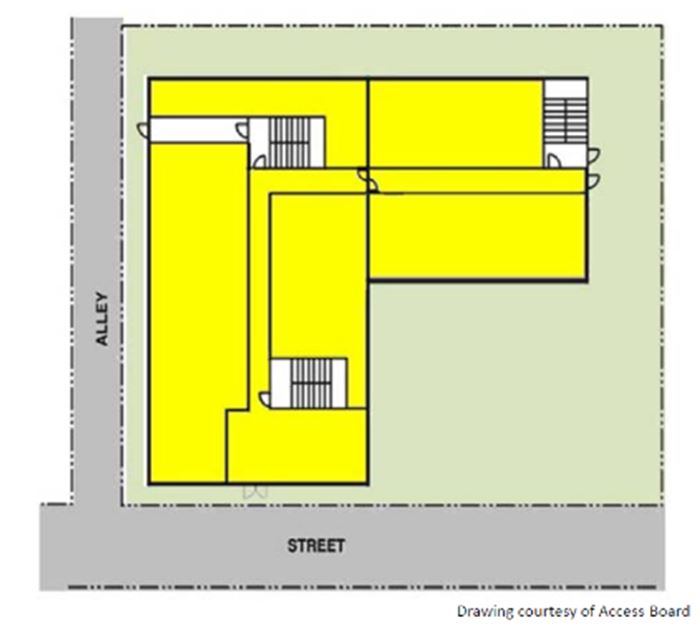
User Comments/Questions
Add Comment/Question